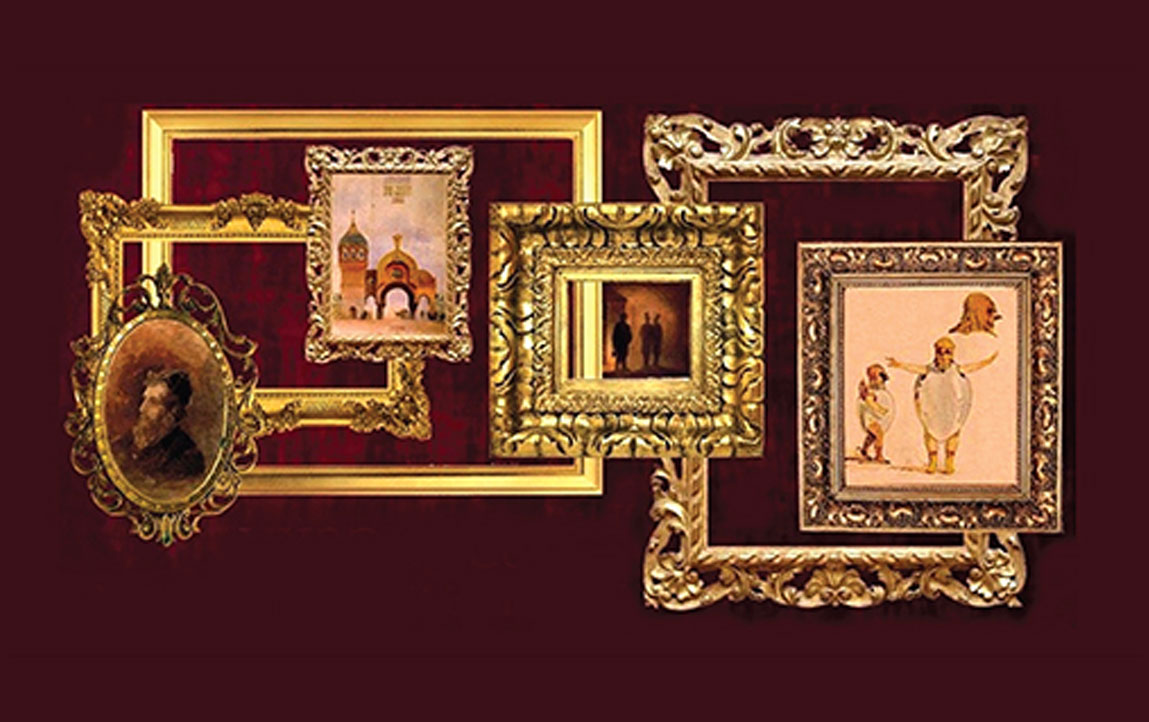Pictures at
an Exhibition
Season Subscriptions are currently on sale, to purchase call Patron Services 203.325.1407 x10
Questions? Email Patron Services at office@stamfordsymphony.org
Saturday, May 7, 2022 at 7:30pm
BUY TICKETSSunday, May 8, 2022 at 3pm
BUY TICKETS
Pictures at
an Exhibition
Season Subscriptions are currently on sale, to purchase call Patron Services 203.325.1407 x10
Questions? Email Patron Services at office@stamfordsymphony.org
Saturday, May 7, 2022 at 7:30pm
BUY TICKETSSunday, May 8, 2022 at 3pm
BUY TICKETS
Pictures at
an Exhibition
Season Subscriptions are currently on sale, to purchase call Patron Services 203.325.1407 x10
Questions? Email Patron Services at office@stamfordsymphony.org
Saturday, May 7, 2022 at 7:30pm
BUY TICKETSSunday, May 8, 2022 at 3pm
BUY TICKETS
Time to event
Duration
2 hours
with a 20 minute intermission
Share With
Behind the Baton
Learn more about the program during this pre-concert talk hosted by Music Director Michael Stern. Behind the Baton begins one hour before each concert at the Palace Theater.
This event is FREE with your ticket to the concert.
About this performance:
The season concludes with the Symphony’s first ever performance of the gargantuan, Pictures at an Exhibition. Florence Price’s Piano Concerto, “real American music,” evokes her experiences as an African American woman raised in the post-Civil War South and is played by the sparkling Michelle Cann. This concert will take the roof off the Palace Theater!
Musical Program to include:
Arturo Márquez Conga del Fuego Nuevo (New Fire Conga)
Ravel Suite from Ma mère l’oye (Mother Goose Suite)
Florence Price Piano Concerto in One Movement
Michelle Cann, piano
Mussorgsky (orch. Ravel) – Pictures at an Exhibition
Michael Stern, conductor
A Message From Music Director Michael Stern
This concert is made possible, in part, by a generous gift from Laura and Dean Godown through the Crescendo Fund for the future of the Stamford Symphony.
Featured Artists:
Michelle Cann, piano








